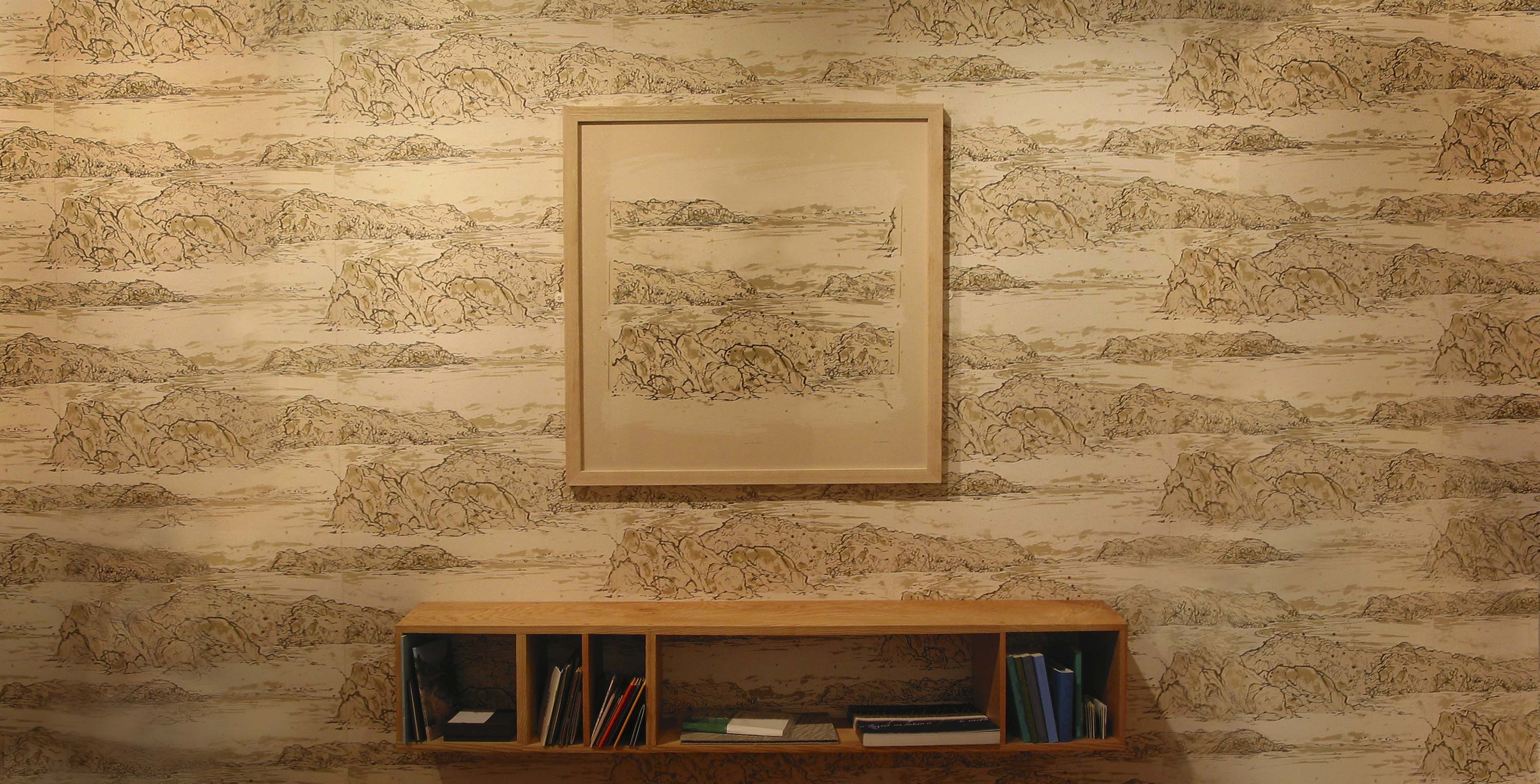SUBTERRANEAN LANDSCAPE
These drawings are included in the Artists Book 'Pitch Pine' (subterranean landscape with trees) with poets Sam Walton, Jow Lindsay and Iain Morrison, performed at the Earth Wind and Fission Exhibition at the Peter Potter Gallery in 2013
isbn 978-1-900599-33-7
Prehistoric forests of giant ferns and palms, rotting in the stagnant pools of Cambrian past, through time, crushed and ground into black seams of fire and wealth. Since layered beneath the Lothian soils, a cenotaph to the Earth’s crusts and to miner’s sweats and tears.
And their legacy at Cockenzie, two dark tipped towers or markers, the guardians of the Forth, like an eighth wonder of the Celtic world, a new Colossus, a lighthouse or powerhouse of a Scottish Rhodes.
And now as the succeeding monumental sentinels for some new epoch stretch outwards across the moors, a testament to a new zephyr of the grid; to the east and down into the subterranean chasms of sedimentary core at Torness, entombed for a thousand generations embalmed in lead, lie the tombs of spent fuel – the legacy of the nuclear age. Silent but for the tick tock of the half-lives of plutonium, their continuity is as predictable as the tide, that pulses with planetary zeal along the Skateraw coast.
Each of these three generations of elemental energies, defines this landscape, a residue of contradictions and a testament to mankind's ingenuity, endeavour and ignorance, depending on one’s individual viewpoint.
From the introduction of the grazing sheep to the relentless march of pylon across carefully managed grouse moors - we are constantly both the caretaker and the plunderer of this natural habitat. The felling of oak trees to fire the smelting furnaces of the industrial revolution, to the replanting of the spruce and larch to enrich the next generation, each in its own form is the removal of one monument to the veneration of the next.
The contradictions of 'landscape' and the preservation of what we see as historical, aesthetic or natural and the uses we have historically put it through, especially here in Scotland, are issues which, in today's current political and environmental landscape grow ever more pressing.
Proposal
David Faithfull’s EART WIND & FISSION at the Peter Potter Gallery in 2013 presented these inconsistencies of time and monumental form, particularly evident in East Lothian, through looking specifically at the three eras of coal, nuclear and wind power and their continuing legacies. The concrete and glass forms of Cockenzie and Torness viewed as vast engineered architectural xenoliths, together with the even more contentious wind turbines of Aikengall and Sutra. To some, these turn with the serenity of Zephyrus, to others they are the grindings of a fiendish visual dystopia.
After preliminary site visits to each of the 3 locations across East Lothian, thse site explorations were supplemented with drawings, photographs and material research and developed into the Peter Potter Gallery Exhibition Installation in 2013.
Outcome
One of the historic bi-products of the mining industry was cannel coal. This hard bituminous material was traditionally carved by miners into furniture and decorative items in British mining regions, particularly in Fife and the Lothians.
To support the subterranean imagery DF sourced Scottish cannel coal, from a Scottish open cast mine in Noth Lanakshire.
Whether pro nuclear or pro wind, Eath Wind & Fission intended to balance these often fanatical personal viewpoints, with historical contexts and an objective commentary on the complexity of the current 'green' debate, particularly in East Lothian and Scotland’s own evolving constitutional landscape.
 |
 |









